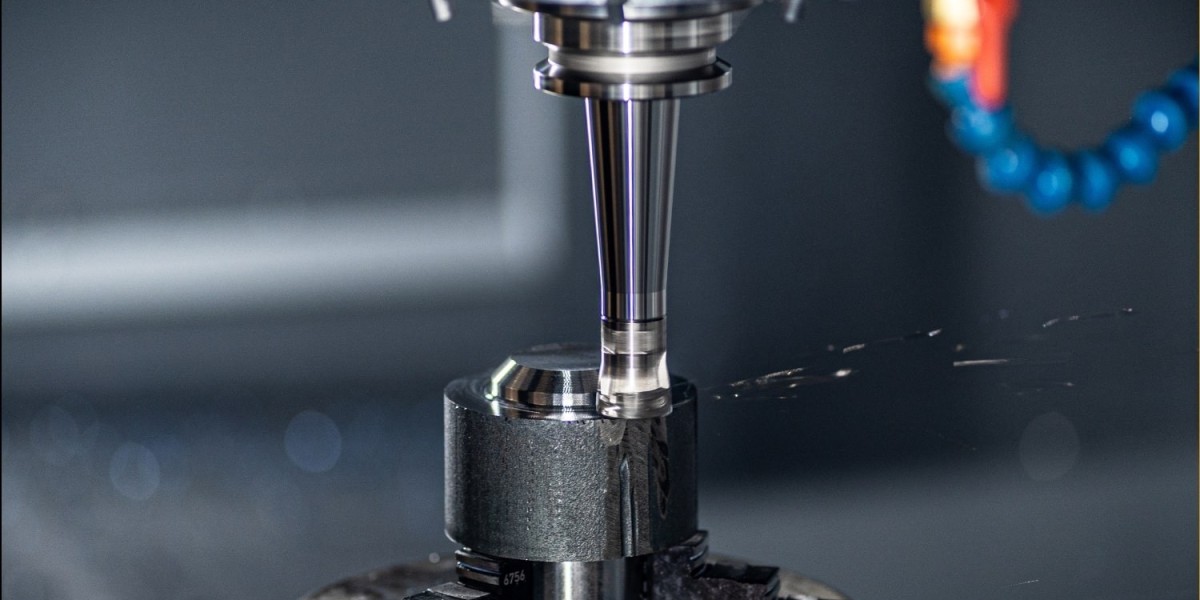Computer Numerical Control (CNC) machining has revolutionized the manufacturing industry, allowing for precise, efficient, and repeatable production of parts across various materials. Whether you're a hobbyist, a student, or a professional looking to delve into CNC machining, understanding its basics is crucial. This guide aims to provide beginners with a comprehensive overview of CNC machining, its processes, applications, and essential tips to get started.
Understanding CNC Machining
CNC machining is a manufacturing process where pre-programmed computer software dictates the movement of machinery and tools. It replaces traditional machining methods, offering higher precision and automation. Here are the key components:
CNC Machine: These machines include CNC mills, lathes, routers, and others. They interpret CAD (Computer-Aided Design) files and translate them into precise movements.
CAD Software: Computer-Aided Design software is used to create digital models of parts or products. Common CAD software includes AutoCAD, SolidWorks, and Fusion 360.
CAM Software: Computer-Aided Manufacturing software generates toolpaths and converts CAD designs into G-code, which CNC machines understand.
Basic CNC Machining Processes
CAD Design: Start by creating a 2D sketch or 3D model of the part you want to machine using CAD software.
CAM Programming: Use CAM software to generate toolpaths based on your design. Specify parameters such as tool selection, cutting speeds, and toolpaths.
Material Setup: Secure the raw material (metal, plastic, wood, etc.) to the CNC machine's worktable using clamps or a vice.
Tool Setup: Install the appropriate cutting tools (end mills, drills, etc.) based on your CAM program.
CNC Machining: Execute the program. The CNC machine will precisely cut away material according to the programmed toolpaths.
Finishing: After machining, deburr edges, and perform any necessary finishing operations like sanding or polishing.
Common CNC Machining Techniques
Milling: Involves rotating cutting tools to remove material from a workpiece. It's used for creating slots, holes, and complex surface contours.
Turning: Used on a lathe to create cylindrical parts. The workpiece rotates while a cutting tool shapes it symmetrically.
Drilling: Utilizes drill bits to create holes in the material.
Grinding: Achieves high precision and smooth finishes by using an abrasive wheel to remove material.
Tips for Beginners
Start Simple: Begin with basic projects to grasp fundamental concepts before moving to complex designs.
Learn G-Code: Understanding G-code basics helps in troubleshooting and manual control of CNC machines.
Material Selection: Choose appropriate materials for your project and understand their machining properties.
Safety First: Always wear appropriate safety gear like goggles, gloves, and ear protection when operating CNC machines.
Test Cuts: Before running a full program, perform test cuts to ensure toolpaths are correct and material setup is accurate.
Maintenance: Keep your CNC machine clean, lubricated, and well-maintained for optimal performance.
Conclusion
CNC machining opens up a world of possibilities for manufacturing, prototyping, and creating intricate parts with precision. While it may seem daunting at first, with practice and understanding, you can master CNC machining. Start with the basics, experiment, and gradually advance your skills to unleash the full potential of this technology. With this guide, you're equipped to begin your journey into the exciting world of CNC machining.








